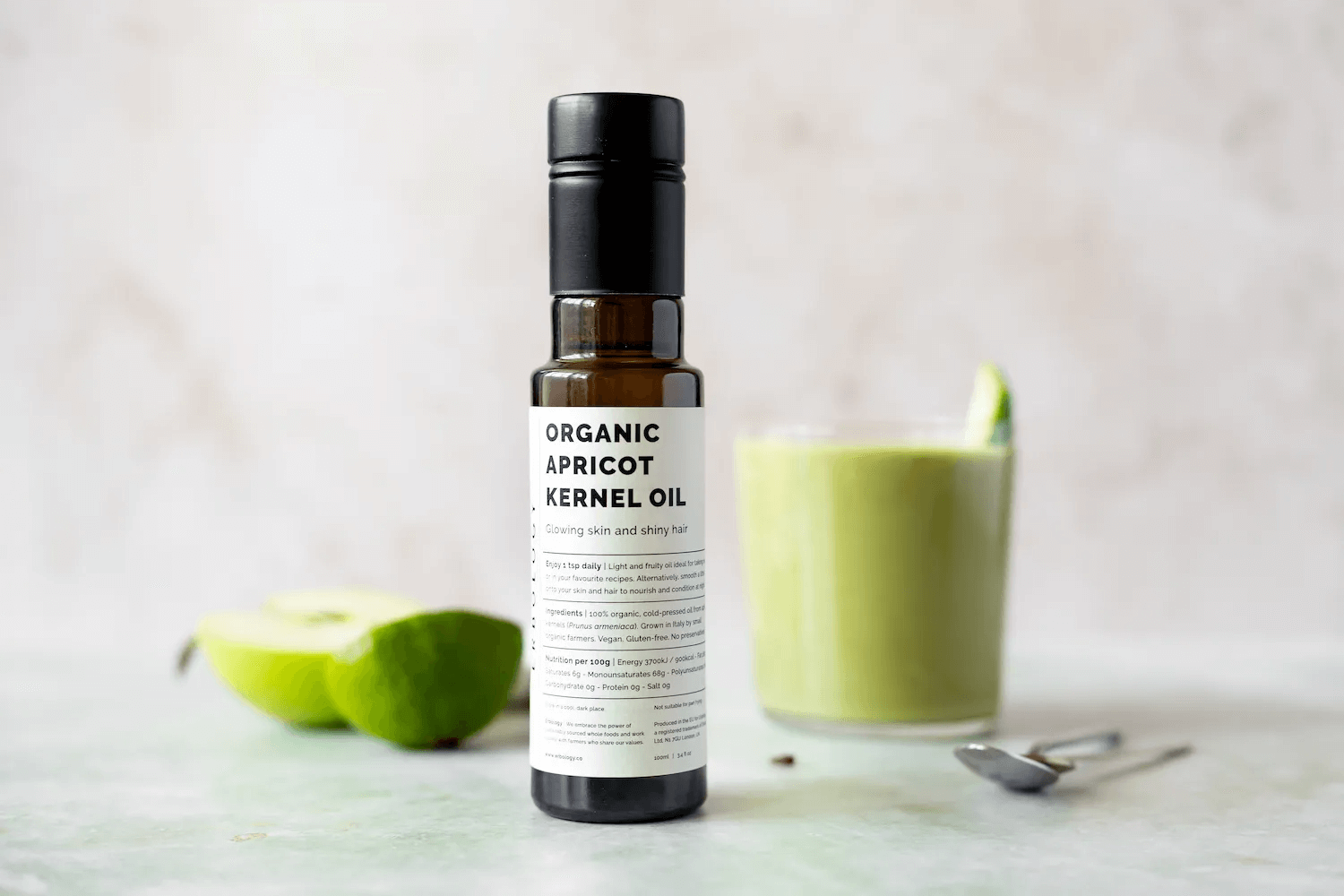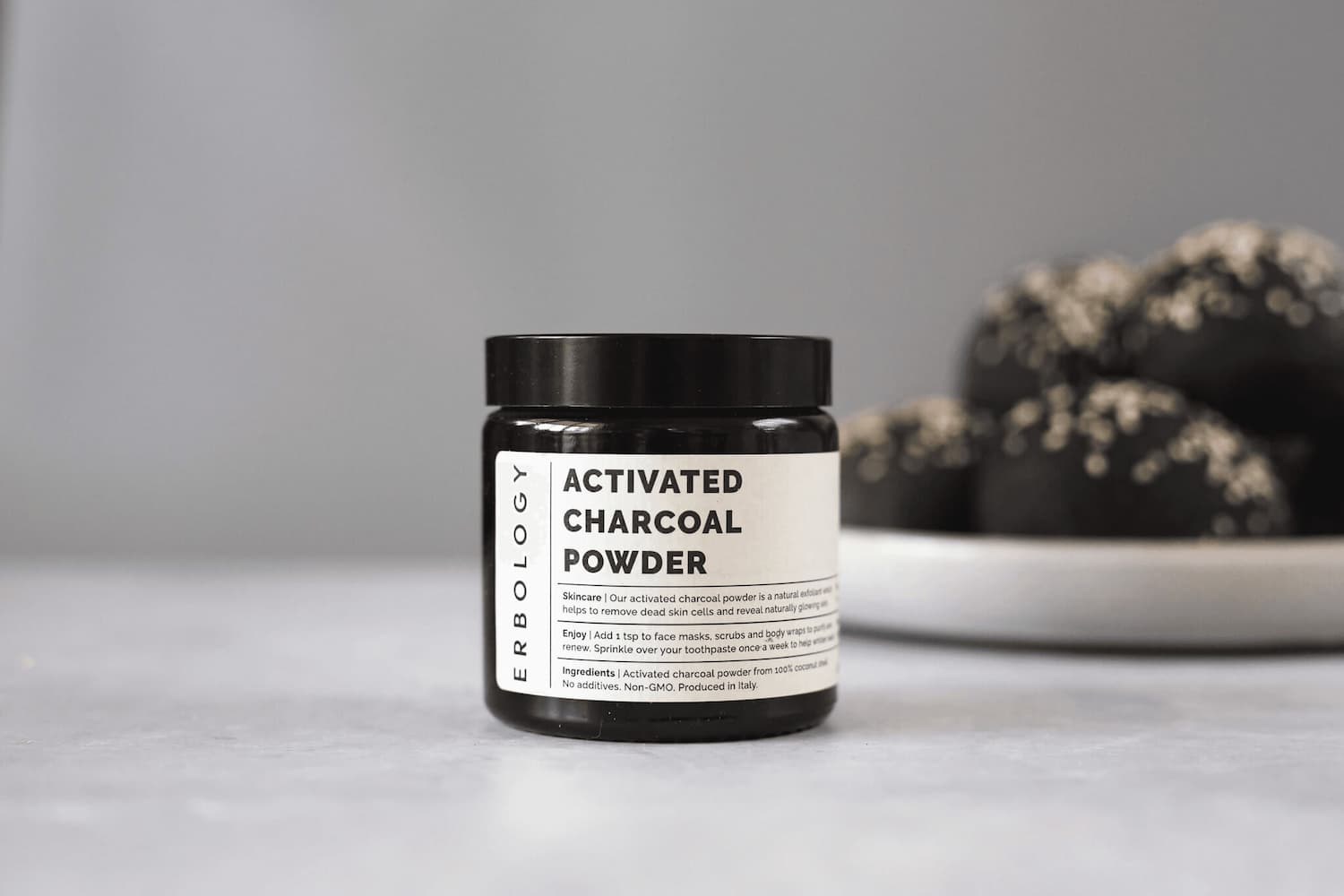31 Aug 2020
What does activated charcoal do?
A few years ago, being served a pitch-black bread bun might have unsettled a few of us. But these days, activated charcoal is a popular foodie ingredient that has appeared in all sorts of dishes.
It also makes a regular appearance in beauty products and cosmetics, from face masks to charcoal toothpaste, shampoo to skincare.
Not only that, but it’s a very popular health supplement. So, should you be following the trend and picking up products containing this popular, yet mysterious, black powder? What benefits does it have for your body, and where is it best used?
Let’s start with the basics.
What is activated charcoal?
Charcoal is essentially what is left of wood and other plant materials after it has been intensely heated without oxygen. This process is called ‘slow pyrolysis’.(1)
The lack of oxygen stops the wood from catching fire, but it does remove water and other substances. The end result is a black, crumbly mass which is 85-98% pure carbon.(1)
We use charcoal in this state all over the world, for all sorts of purposes.. Some of the most popular involve cooking, as charcoal produces a lot of heat when burnt and doesn’t produce much smoke. This makes it perfect for barbecues or for chargrilling foods.
You might also have seen it used in a totally different sphere: art. Charcoal is a great material for creating sketches because of its rich, very dark colour. Artists often use it because it allows them to add greater tonal depth to their drawings.
So far, so normal. But why has it become common for people to eat charcoal, instead of using it in one of the more traditional ways?
That comes down to the process of activation, which gives charcoal properties which make it useful in the body.
![]()
What is the activation process?
We can ‘activate’ charcoal in a few different ways.
Firstly, we can physically activate it. This involves either a combination of pyrolysis and oxidation, or just oxidation on its own. Oxidation involves exposing the charcoal to carbon dioxide, oxygen or steam at temperatures of usually around 600 - 1200°C.(1)
Alternatively, we can chemically activate it by applying acids like phosphoric acid or sodium hydroxide, followed by pyrolysis.(1)
The point of both processes is to treat the charcoal to expand its surface area. The aim is to make it as porous as possible. Incredibly, there are so many tiny cracks and crevices in activated charcoal that one teaspoonful has the same surface area as an entire football field!(2)
This gives it a fantastic capacity for adsorption.
For those whose high school chemistry is a bit rusty, adsorption is the process by which a substance collects molecules of a second substance in a film on its surface. It’s different to absorption, where the second substance permeates the first completely.
How activated charcoal removes toxins from the body
Edible substances with strong adsorption properties are invaluable when it comes to health. This is because they can travel through the body and adsorb any nasties or toxins, preventing them from being taken into the body.
Activated charcoal is so good at this that it medics use it to help eliminate poisons from the body.
To give an idea of just how powerful activated charcoal is at removing toxins, the WHO includes it on their Model List of Essential Medicines as an antidote for poisonings.(3) It also makes an appearance on Germany’s ‘Bremen List’, a list of five antidotes that emergency rescue services should always keep on hand.(4)
In conclusion, it’s powerful stuff!
Sadly, it doesn’t work on everything. The ability of activated charcoal to adsorb different toxins depends on their chemical makeup. Properties like the particle size, solubility, ionisation and pH of the substance can affect it, as well as the other contents of the stomach.(4)
It’s great at grabbing toxins like nicotine and poisons like ricin, but won’t help with others such as alcohols or heavy metals.
Needless to say, we’re telling you all this simply to demonstrate how powerful activated charcoal can be.
However, if you have ingested a harmful substance and are worried about poisoning, do not attempt to treat yourself. Head straight to hospital and seek medical assistance.
![]()
Activated charcoal and everyday health
Now we know that charcoal can help remove toxins from the body, how useful is it in everyday life?
Activated charcoal has been used as a natural remedy since ancient times. Herodotus, an ancient Greek historian, noted its use in ancient Egypt.(5) Nowadays, it’s available as a popular supplement, or is added to foods such as bread, smoothies and drinks.
As a supplement, activated charcoal is associated with ‘cleansing’ or ‘detoxing’ the body. Celebrities like Gwyneth Paltrow and Kim Kardashian have been vocal about their use of drinks containing activated charcoal.(6)
And, given what we know activated charcoal can do in the case of poisonings, that seems to make a lot of sense.
But this is where we need to dig into the science a little more. Activated charcoal does have health benefits, but they aren’t necessarily the ones touted by celebrity food fads.
Charcoal for cleansing
In a nutshell, activated charcoal should not be used as a solve-all ‘cleanse’, as per the recommendations of the Insta-famous.
While it’s fantastic at dealing with extreme cases like poisonings, you should not be eating charcoal every day in the hopes of weight loss, ‘detoxing’ or as part of a juice cleanse. It simply won’t work, and what’s more, you could be doing yourself some damage in the process.
The reason for this is that activated charcoal is not particularly picky about what it binds to. While it will happily suck up toxins, it will also gather up substances you actually want to keep in your body, such as vitamins and minerals.
It can also gobble up some medications such as certain anti-depressants and anti-inflammatories. If you’re taking medicines like these, you may need to absorb a certain dosage for them to be effective. Eating activated charcoal might get in the way and reduce the efficacy of your medications.(7)
The science is pretty clear on this one: don’t eat activated charcoal on a daily basis as part of a ‘cleanse’.
After all, cleansing your body of toxins is the job of your liver, and in healthy people it does this very efficiently.
If you’re interested in natural foods that can help support your body’s ability to cleanse itself, you might want to consider foods that support your liver’s natural function.
A 2016 study found that silymarin, the main flavonoid in milk thistle, improved diet-related liver damage in mice by reducing inflammation.(8)
Related reading
Milk thistle benefits: Holy, holy thistle
Aloe vera health benefits, from Alexander the Great to the 21st century
![]()
undefined

Organic Apricot Kernel Oil

Organic Milk Thistle Powder

Organic Apricot Kernel Oil

